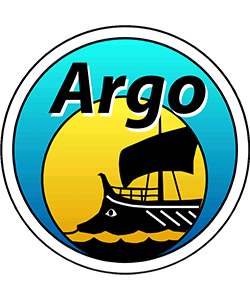GTS data stream (for operational center use) & transition to WIS2
GTS
Data that go out on the GTS are subject to a number of quality checks in national data assembly centers (see real time quality control tests) and are inserted onto the GTS. The checks are also used to set data quality flags and users are asked to read in the PARAM_QC flags to determine if the data are of good quality (see this quick start guide for more information on QC flags and data quality).
Currently temperature, salinity and pressure data are sent in BUFR format with quality flags. Temperature and salinity data are truncated to two decimal places. The vertical co-ordinate is depth not pressure (as measured). No corrections are made to salinities in the GTS data stream.
Since biogeochemical parameters need to be adjusted prior to scientific use, only ‘adjusted’ biogeochemical parameters will be sent onto the GTS. Currently, adjusted oxygen data is being sent in BUFR format by some DACs and should be more widespread by end of 2025. Other biogeochemical parameters will follow.
WIS2
The same Argo data BUFR format that currently are sent onto the GTS from each DAC will be transitioned to being served on the new WIS2 to distribute data. As more information becomes available on how to identify Argo data on WIS2, it will be posted here. The Argo data BUFR format will not change.
